Cred-IQ
Senior Software/Data Engineer | August 2023 - Present
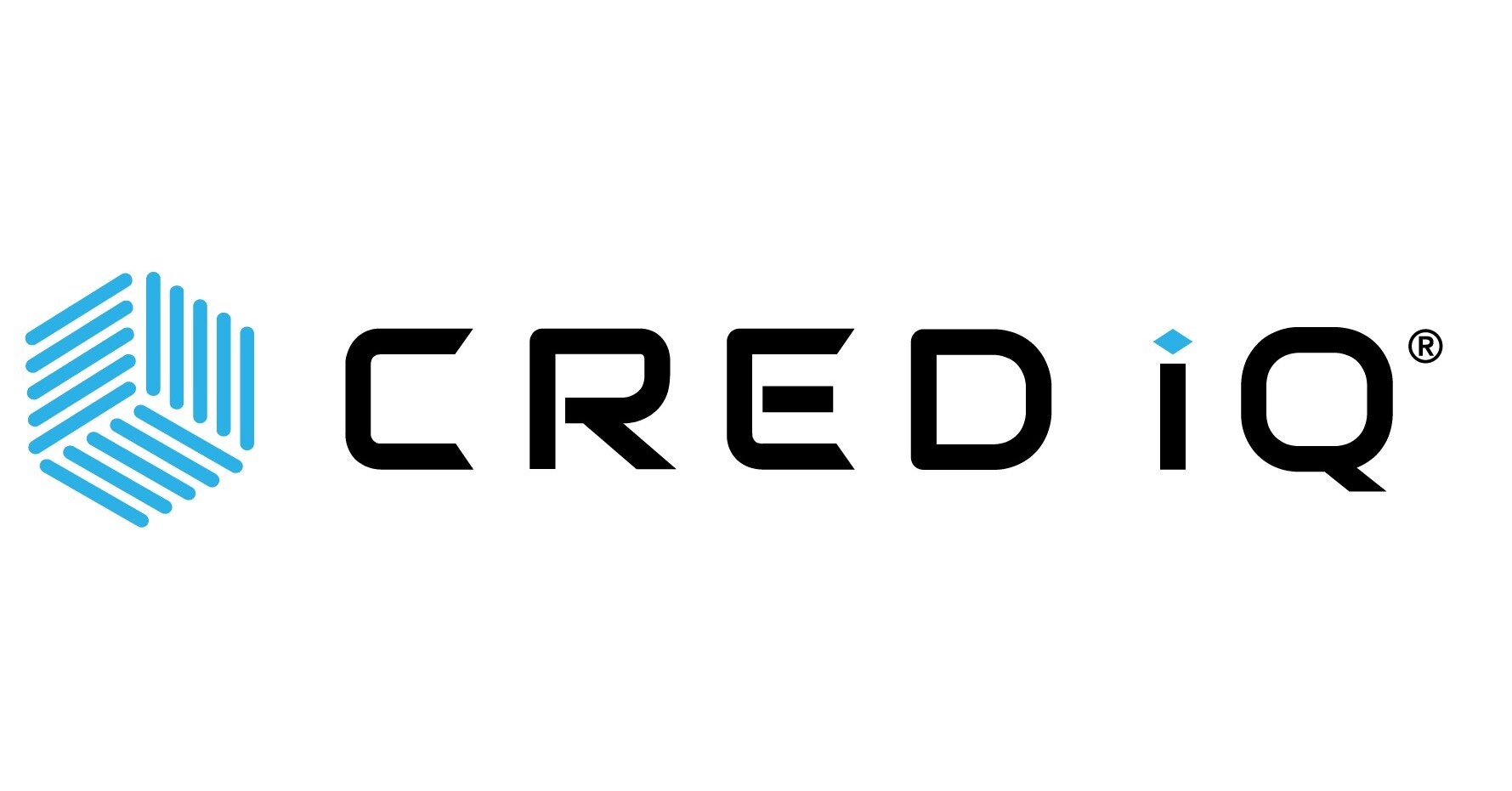
Commercial real-estate data platform aggregating CMBS property data. Small engineering team (~6 engineers) requiring broad technical ownership across infrastructure, data pipelines, and backend systems.
Tech Stack: AWS • Rust • Python • Airflow • Docker • Postgres • Snowflake • Linux
Key Responsibilities:
- Cloud infrastructure architecture and system administration
- Backend API development in Rust
- Data pipeline engineering and orchestration
- Client-facing technical leadership for custom development
- Data architecture design
Navigator
Data Engineer | April 2022 - August 2023
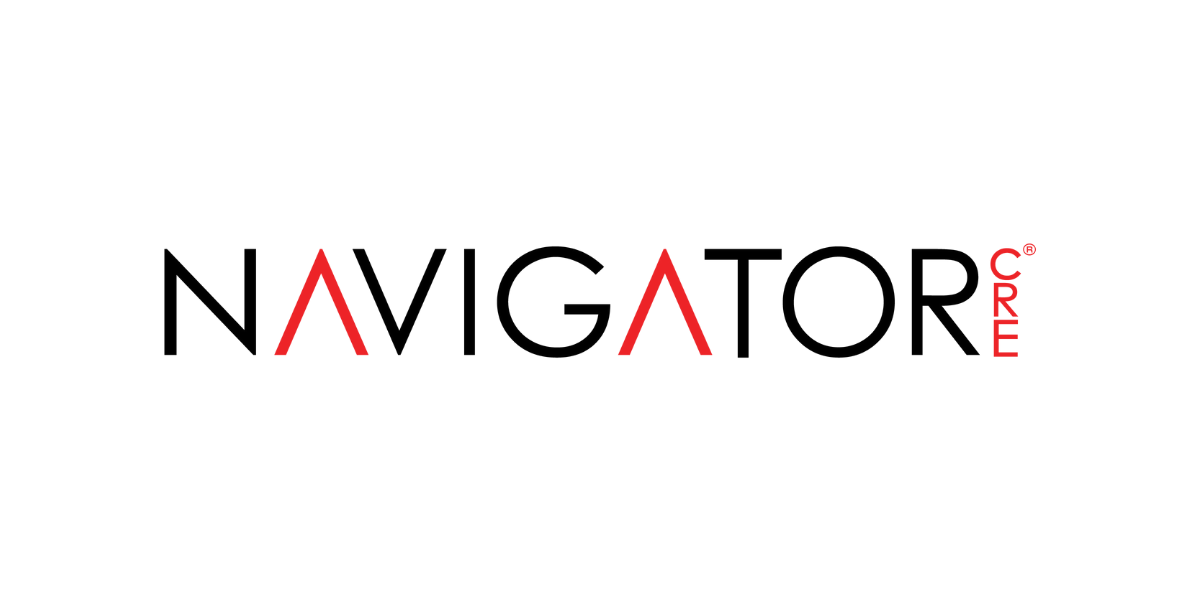
Commercial real estate data visualization platform. Built custom ETL pipelines and integrations for multi-family, office, industrial, and retail clients.
Tech Stack: Azure • Python • SQL • Azure Functions • Azure Data Factory • Logic Apps • MongoDB • Airflow
Key Projects:
- Cornerstone Architecture: Designed standardized data ingestion system reducing deployment time by 60%. Built conformance layer to normalize disparate client data structures across portfolio types.
- Hefty Data Loader: Created distributed queue-based processing system to handle 5M+ row datasets within Azure Functions free tier limits using chunk-based parallelization.
- Platform Integrations: Built connectors for Yardi, MRI, Onesite, Snowflake, SFTP, email, APIs, and web scraping.
Cognizant
AI&A Data Engineer | June 2021 - April 2022
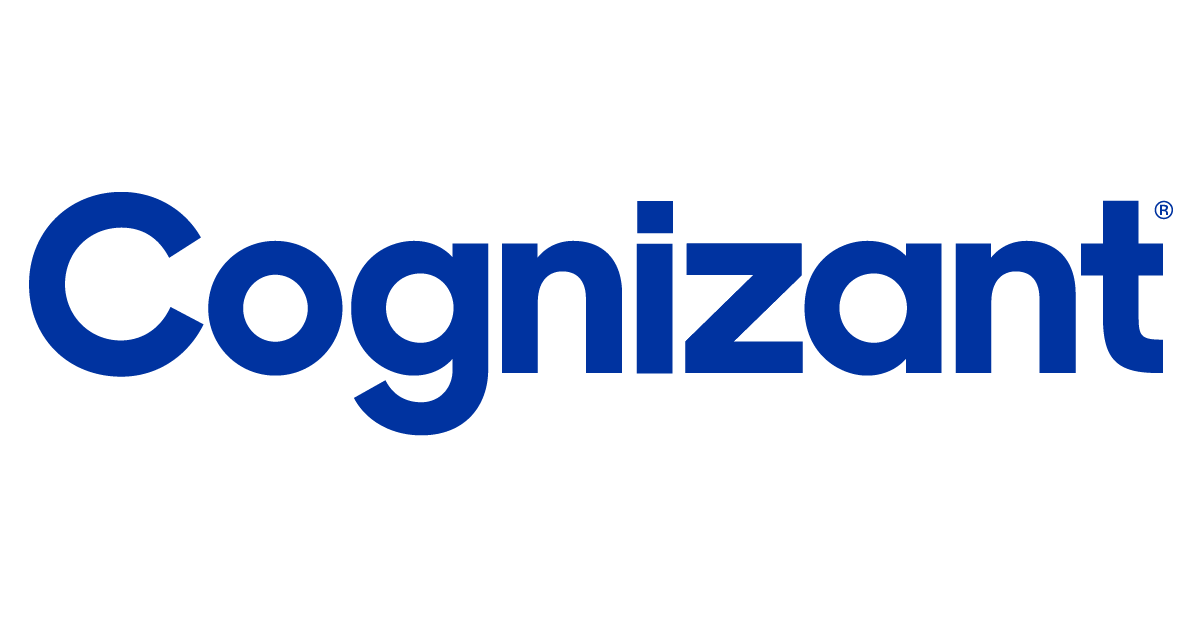
Enterprise consulting across media and manufacturing clients.
Tech Stack: Python • Snowflake • BigQuery • Airflow • PowerBI • TensorFlow
Key Projects:
- HBO Max Pipeline Dashboard: Built data aggregation system consolidating content tracking across 5+ global systems into Snowflake. Led requirements gathering, architecture design, and implementation. Built ETL processes on enterprise Airflow instance.
- Data Transformation Automation: Automated manual weekly ETL processes aggregating data across Snowflake, BigQuery, and email sources. Saved 10 hours/week team workload. Awarded Cognizant Silver Award.
- 3M CNN Classifier: Designed image classification models for automated paint quality inspection (1-5 scale) across texture, color, and consistency metrics.
Bastian Solutions - Mobile Robotics
Software Engineering Intern | June 2019 - August 2019
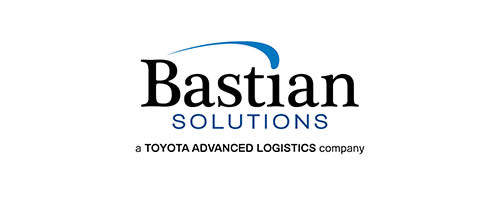
R&D facility building autonomous mobile robots for warehouse automation (Ultra robot for autonomous truck loading/unloading).
Tech Stack: Python • C++ • ROS • Arduino • Ubuntu
Projects:
- Fault Detection System: Built real-time logging system capturing image and position data on robot faults, dumping to HMI for rapid debugging.
- Waterjet Safety System: Designed Arduino-based scale monitoring system with load sensors and solenoid E-Stop to prevent part scrapping from empty sand tank. Eliminated recurring production failures.
- ROS Test Platform: Rebuilt legacy robot with Lidar, new Ubuntu/ROS installation for testing and development.
CitiGroup
Software Engineering Intern | July 2020 - August 2020
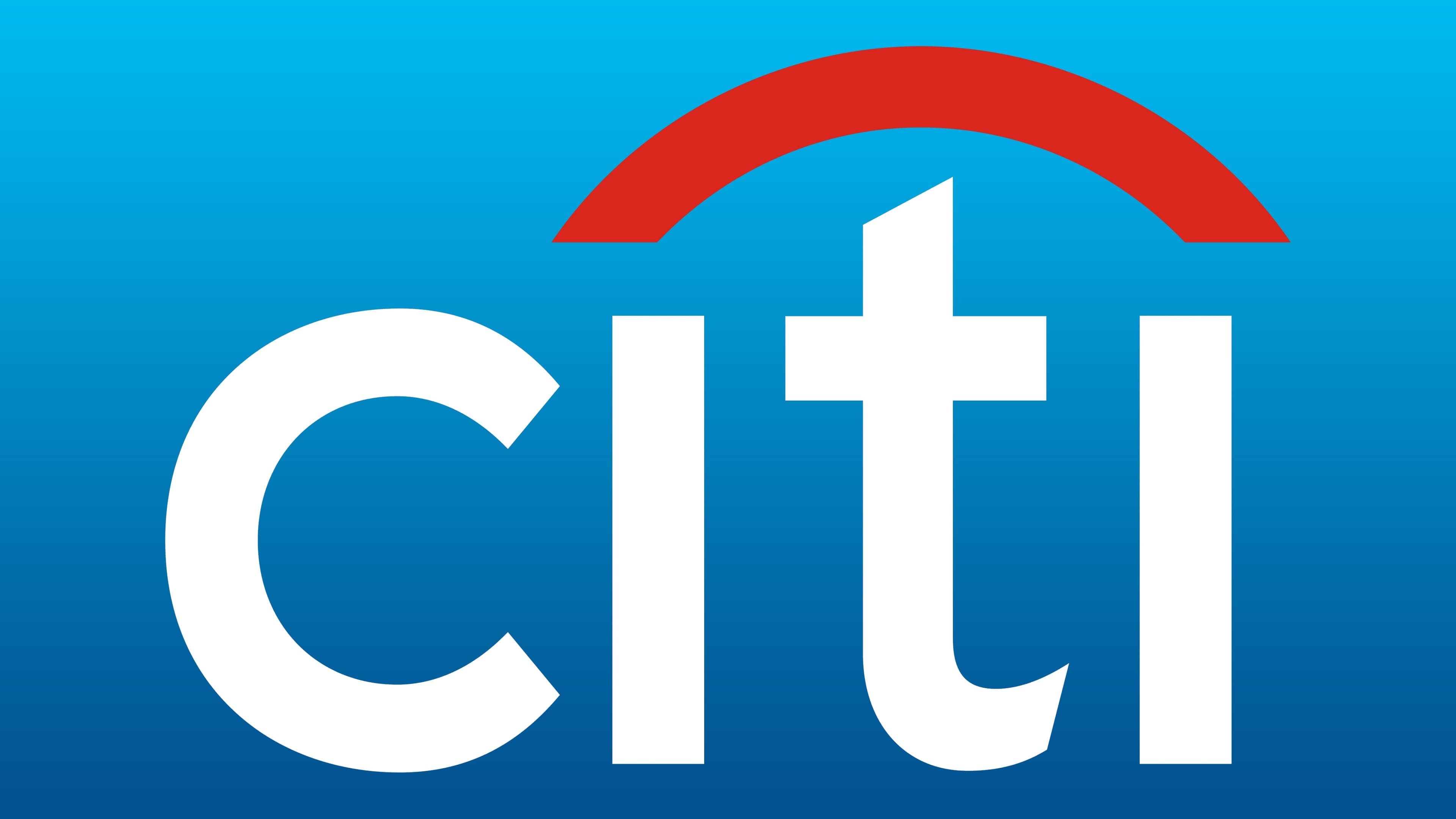
Week-long sprint projects across various teams (remote due to COVID-19).
Tech Stack: Python • Flask • Plotly • AWS EC2
Notable Project:
- Options Chain 3D Visualizer: Built interactive 3D visualization tool for options data (implied volatility, theta, open interest, volume). Deployed on EC2 with Flask frontend for dynamic ticker-based rendering.
